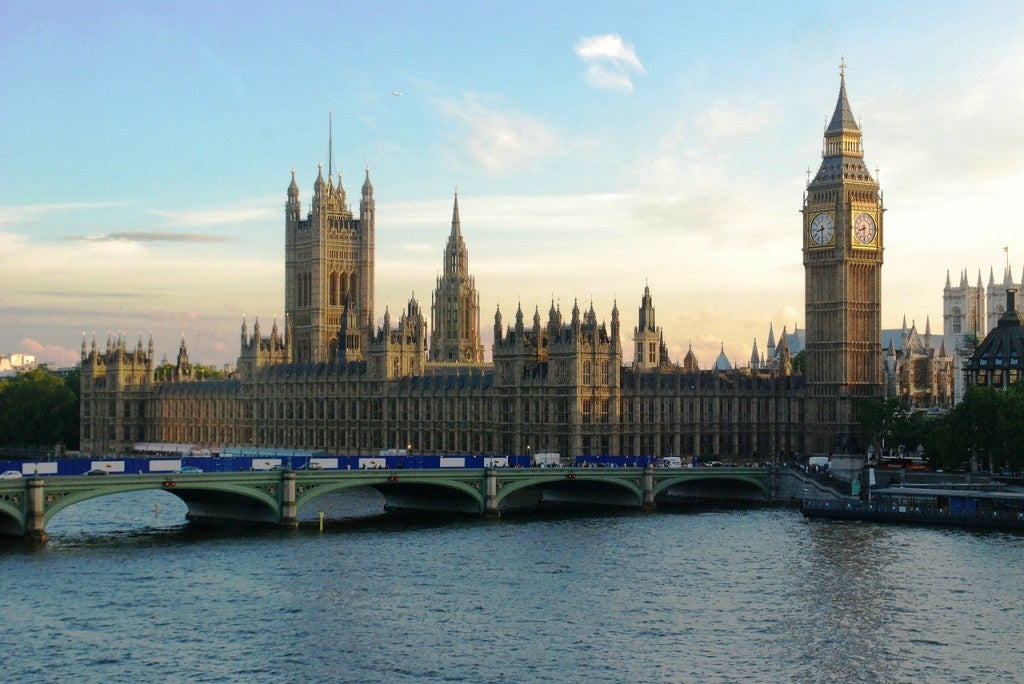By: Gavin Purchas, Acting Director, Idea Bank, and Elizabeth B. Stein, Attorney
 When the New York Public Service Commission (Commission) opened its historic “Reforming the Energy Vision” (REV) proceeding earlier this year, it recognized that the way utility companies have been regulated is out of sync with innovations in technology, business realities, and evolving customer needs, including the need to reduce harmful pollution. In order for utility companies to become part of the solution, the Commission has made it clear that everything is up for grabs – even the basic regulatory paradigm governing how utility companies do business in New York.
When the New York Public Service Commission (Commission) opened its historic “Reforming the Energy Vision” (REV) proceeding earlier this year, it recognized that the way utility companies have been regulated is out of sync with innovations in technology, business realities, and evolving customer needs, including the need to reduce harmful pollution. In order for utility companies to become part of the solution, the Commission has made it clear that everything is up for grabs – even the basic regulatory paradigm governing how utility companies do business in New York.
Luckily, the Commission won’t have to completely reinvent the wheel since a new regulatory paradigm from the United Kingdom could serve as a potential model. This regulatory approach is known as RIIO and is based on the following formulation: Revenues = Incentives + Innovation + Outputs. RIIO was developed by the UK regulatory body, Office of Gas and Electricity Markets, after the country recognized that its previous framework – while extremely effective at achieving cost reductions – stymied innovation. RIIO includes several elements that may be useful in the New York setting, including:
- a longer period of time between rate cases that would ideally increase the utilities’ interest in long-term results;
- the opportunity for utilities to achieve returns on total expenditures rather than only on capital expenditures, which is aimed at increasing spending on strategies that do not enlarge or reinforce the utility’s own system, such as customer-sited energy efficiency;
- funding set aside for innovation; and
- incentives tying each utility’s compensation to its system’s environmental performance and other specified outcomes.
In the UK, gas utilities have been regulated under RIIO for several years, while regulation of electric transmission utilities under the new regime began last year; the new regulatory construct will kick in for electric distribution utilities next year. Against the backdrop of the prior UK approach to utility regulation, RIIO is an evolutionary step, not a revolution. For those unaccustomed to the fundamentals of UK-style regulation, obtaining a full and nuanced understanding of how RIIO works – and what it does and doesn’t accomplish – is not straightforward.
To develop a better understanding of RIIO, New York University’s (NYU) Guarini Center last week hosted a roundtable discussion, inviting interested parties to spend the day learning from those with firsthand RIIO experience. Participants included Department of Public Service staff and environmental advocates, as well as academics and utility company employees from both sides of the Atlantic. To lay the groundwork in advance of the session, the Guarini Center first circulated this excellent primer on RIIO, developed by Guarini Center fellow, Ben Mandel. This primer puts RIIO in its UK context and is a great starting point for New Yorkers and other American stakeholders looking to understand the basic mechanics of this alternative approach to regulating utility companies.[Tweet “NY could learn a thing or two from UK’s utility regulatory approach: Revenues = Incentives + Innovation + Outputs http://ow.ly/FDvn7 “]
The REV proceeding is so ambitious and complex that it has been divided into two tracks. The first track is focused on designing a future retail electric marketplace in which greenhouse gas reductions and other policy goals are achievable in a cost-effective manner. The second track, which will begin formally early next year, is expected to focus on the regulatory and ratemaking innovations needed to make that marketplace function well. With Track 2 on the horizon, the Guarini Center’s RIIO primer has the potential to be extremely helpful to REV parties and observers in the coming months.
Economist Alfred E. Kahn, who chaired the New York Public Service Commission during the 1970s, famously observed, “All regulation is incentive regulation.” This statement captures the idea that regulation is not a neutral set of rules, which can be accompanied by incentives; rather, regulation, by its very nature, gives companies a reason to behave in certain ways and not in others, thus achieving certain results and not others. Kahn’s insight about regulation has stood the test of time, and New York regulators’ interest in the RIIO regulatory approach springs from this enduring insight.









